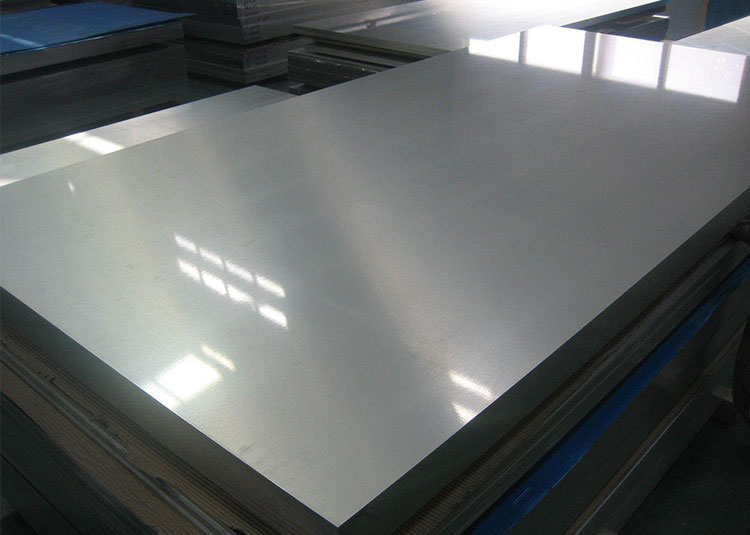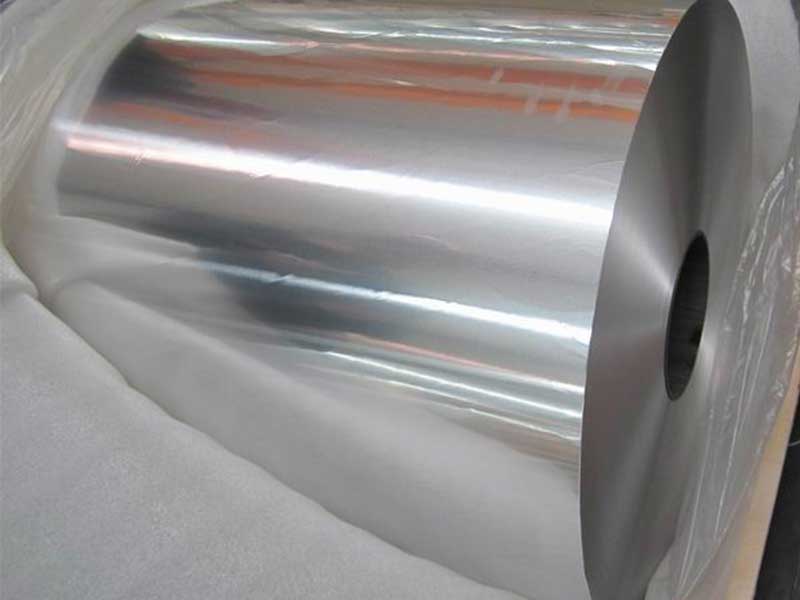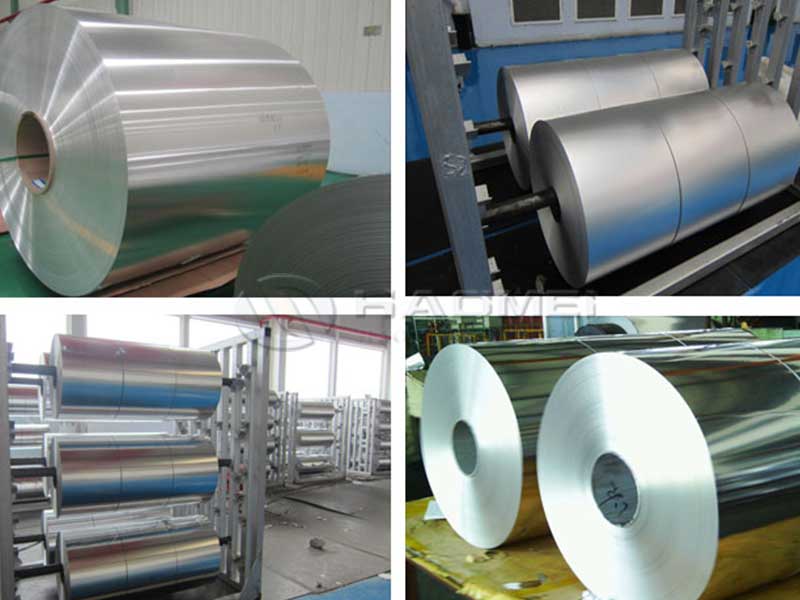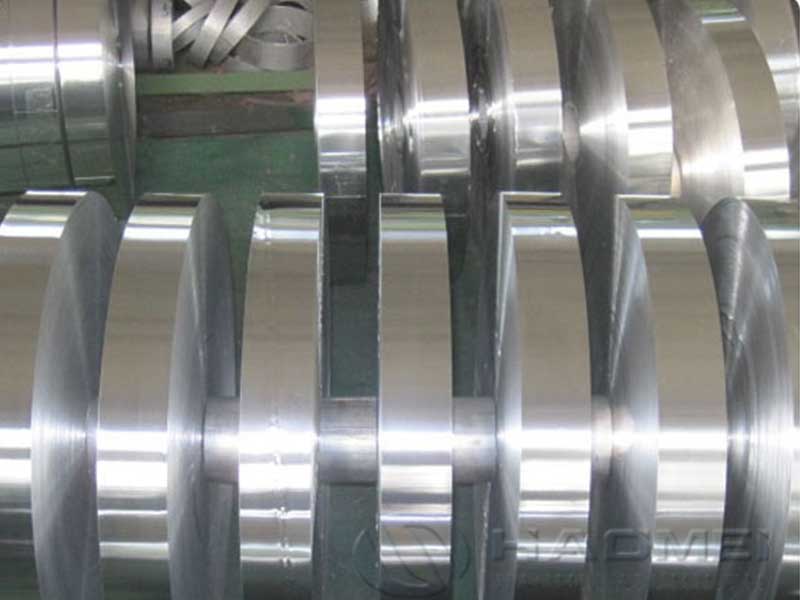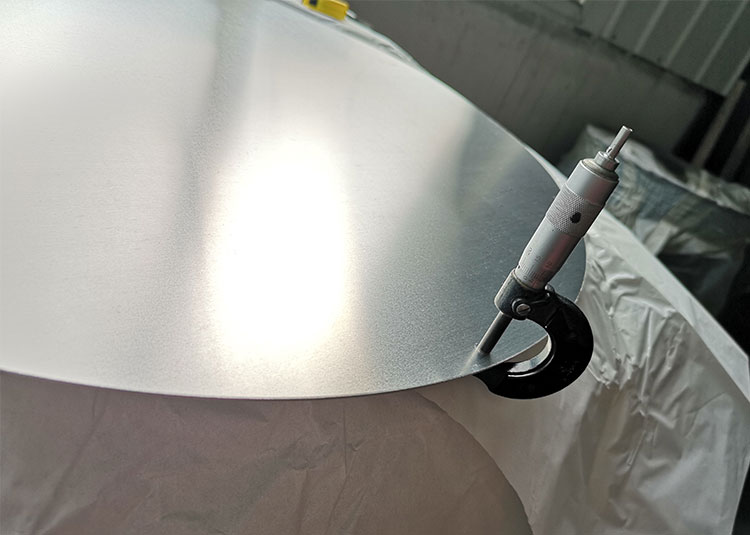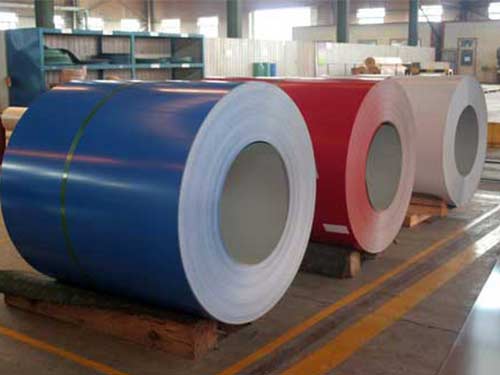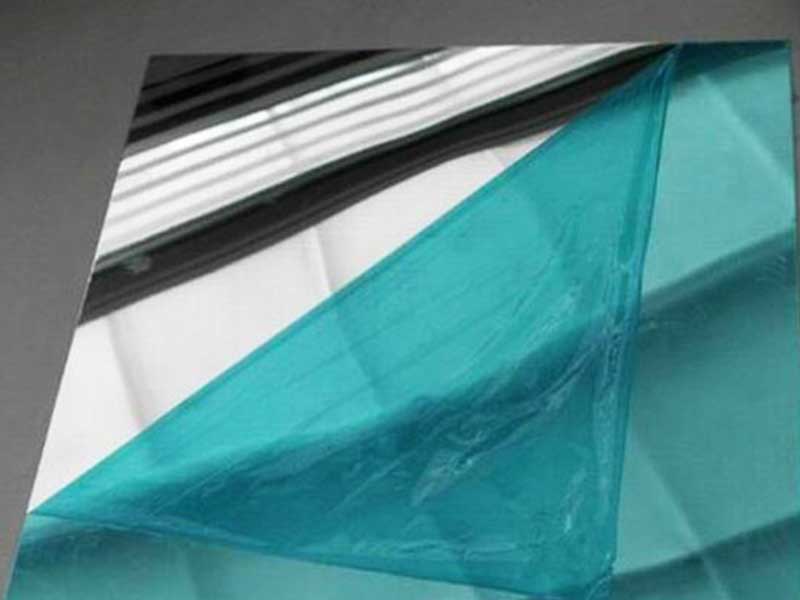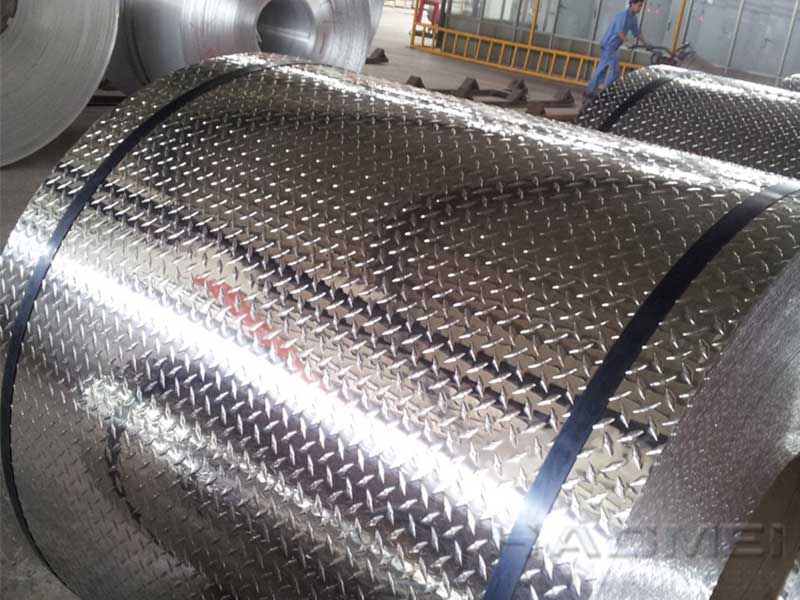The development potential of traditional bimetal has been enhanced due to the functionalization of properties, low cost and wide application range of heterogeneous metal composites. With the strengthening of the implementation of national environmental protection industrial policy, the application of rare metal composite materials in power flue gas desulfurization equipment continues to grow. At the same time, the degree of investment localization in chemical industry is greatly accelerated, which also provides a good development opportunity for the development of rare metal materials.
Roll Bonded Clad Plates sheets are formed by connecting two or more metals in liquid or solid state. It can not only reduce cost, but also obtain physical and chemical properties that a single component metal does not possess. For example, the composite of metal with high strength and metal with high toughness can unify the strength and toughness of materials, and can be used to produce cutting tools, composite armor, etc. The copper/Mo/Cu multilayer composite plate has excellent broadband electromagnetic shielding performance and can be widely used in the field of electronic packaging materials.
Direct rolling
Direct rolling is a common method for the production of roll Bonded Clad Plates sheets. It can be divided into hot rolling and cold rolling.
1. Hot-rolled composite method
Hot-rolled composite method is a method of overlapping the composite material and the base material, welding around it, and combining the composite material and the base material by hot-rolling. Under the action of shear deformation force, the contact surface between the two metals is very similar to that of viscous fluid, and tends to be fluid-like. Once the new metal surfaces appear, they will produce adhesive friction behavior, which is beneficial to the metal fixation between the contact surfaces. Based on the fixed point (or core), stable thermal diffusion will be formed under high temperature thermal activation conditions, thus realizing the welding bonding between metals.
2. Cold rolling composite method
Usually, people call equal roll diameter and equal roll speed cold rolling composite method for short cold rolling composite method. In the 1950s, the United States began to study the three-step production process of "surface treatment + cold rolling composite + diffusion annealing". Compared with the hot rolling process, the first pass deformation of cold rolling process is larger, usually up to 60%-70%, or even higher. By means of large reduction, cold-rolled overlapping two or more layers of metal can produce atom bonding or mortise-and-tenon chimerism, which is then strengthened by diffusion annealing.
Direct rolling composite method is one of the main methods to produce roll Bonded Clad Plates sheets at present. For hot rolling, the problems that need to be solved are complex process, long processing period and oxidation of bonding interface; for cold rolling, the problems that need to be solved are difficult to control shape, edge crack of rolled piece, large first pass reduction and transverse fracture and deformation instability of metal when deformation resistance is large; asynchronous rolling has passed more than 30 years. In recent years, a lot of scientific research achievements have been achieved, which is a competitive process method, but the practical application problems should be solved as soon as possible. Vacuum rolling composite method needs to overcome such problems as the acquisition and change of vacuum, the design of gas atmosphere, and the acquisition and maintenance of activated surface.
The existing technology can not be separated from the rolling mill, which means that the rolling can ensure the excellent properties of materials. With the continuous development and improvement of the preparation technology, experts predict that the ultimate perfect rolling composite method may be the choice of the production of roll Bonded Clad Plates sheets, so the improvement of direct rolling composite method should become an important direction in our future research field.
